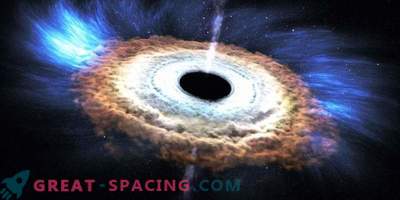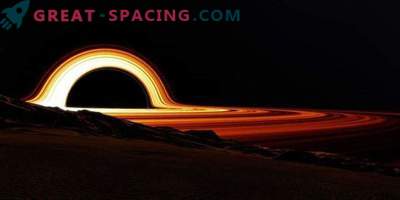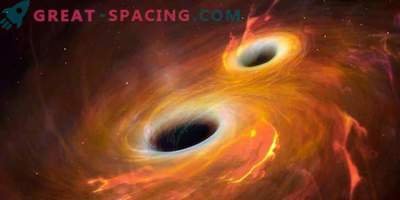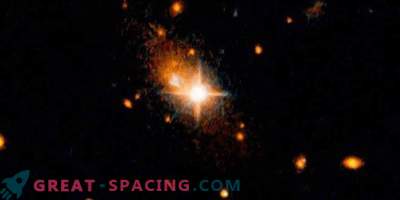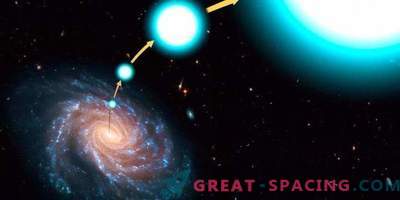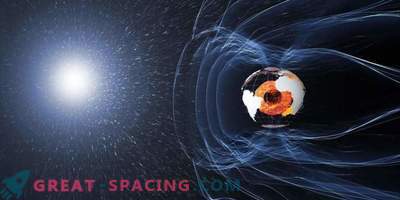
Observations in the Very Large Telescope first showed the effects predicted by Einstein’s general theory of relativity regarding the motion of a star passing near a supermassive black hole in the center of the Milky Way. This is the culmination of a 26-year telescope survey campaign in Chile.
The nearest supermassive black hole is loaded into thick dust clouds and is 26000 light-years distant from us. This is a gravitational monster, exceeding the solar mass 4 million times. Surrounded by a small star group, rotating around the hole at high speeds. This is the most powerful gravitational field in our galaxy and plays the role of an ideal place to study gravitational physics and test the general theory of relativity.

The artistic vision reflects the path of the star S2 with a close approach to a supermassive black hole in the center of the Milky Way. As it approaches the powerful gravitational field leads to the fact that the star's color slightly changes to red, which is a consequence of the general theory of relativity
New IR surveys from sensitive GRAVITY, SINFONI and NACO instruments on the Very Large Telescope allowed us to follow one of the stars, named S2, as it approached the black hole in May 2018. The nearest approach point reached less than 20 billion km at a speed of more than 25 million km / h (almost 3% of the speed of light).
The team compared the position and velocity measurements from GRAVITY and SINFONI along with previous surveillance of S2 using other tools. Newton's gravity, general relativity, and other theories of gravity were also included. New results do not agree with Newton's predictions and are in perfect agreement with Einstein's positions.
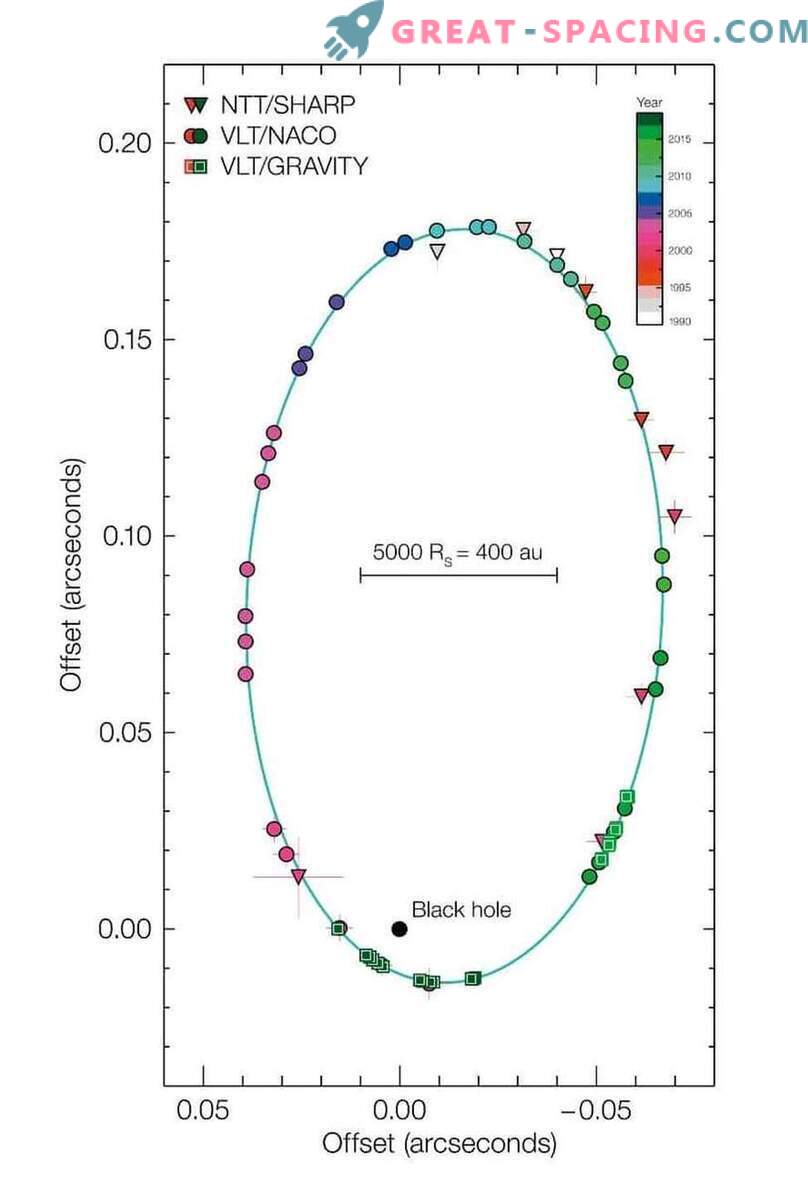
The diagram shows the movement of a star S2 around a supermassive black hole in the center of the Milky Way. Composed of observations with telescopes and ESO instruments for 25 years. A star spends 16 years completing an orbital flight and came close to a black hole in May 2018
These extremely accurate measurements are performed by an international team of scientists led by the Max Planck Institute. Scientists for the second time managed to observe the close passage of S2 to the black hole in the galactic center. But this time they used significantly improved hardware.
New measurements clearly show the effect of gravitational redshift. Light from a star is stretched to longer waves by the powerful gravitational field of a black hole. The measurement of the wavelength of light from S2 fits exactly with what was predicted in Einstein’s general theory of relativity. This is the first time that a deviation from the prediction of Newton’s simpler gravity theory has been observed when a star moves around a supermassive black hole.
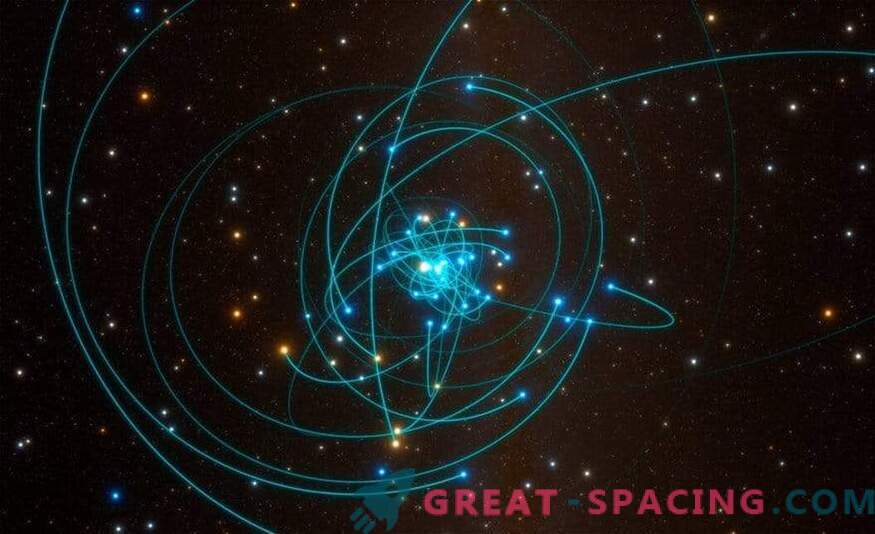
The simulation shows the orbits of stars close to a supermassive black hole in the center of the Milky Way. The star S2 passes every 16 years close to a black hole. The last time the convergence was noted in May 2018
Scientists used SINFONI to measure the speed of S2 in the direction from the Earth and the GRAVITY device to perform extremely accurate calculations of the location of the star to determine the shape of its orbit. GRAVITY creates a sharp image that allows you to follow the stellar motion at a distance of 26,000 light years.
The first observations of S2, made 2 years ago, showed that the researchers got the perfect laboratory in the form of a black hole. In a close pass, it was even possible to fix a faint glow around the black hole, which helped to closely follow the star in its orbit. More than 100 years have passed, and Einstein still manages to prove his case.
The first successful test of Einstein’s theory near a supermassive black hole
Within the solar system, it is possible to verify the laws of physics now and under certain circumstances. Therefore, it is important for astronomers to understand whether these laws remain in force when gravitational fields are much more powerful. Further reviews are expected to show another relativistic effect — a slight rotation of the stellar orbit (Schwarzschild precession), since S2 is moving away from the black hole.
Star S2 performs a close approach to a black hole in the center of the Milky Way
Scientists have spent a lot of time creating unique powerful tools that are required to carry out detailed measurements on the Very Large Telescope. The facts obtained today are an exciting result of a wonderful partnership.
Simulation of the orbits of stars around a black hole in the center of the Milky Way


